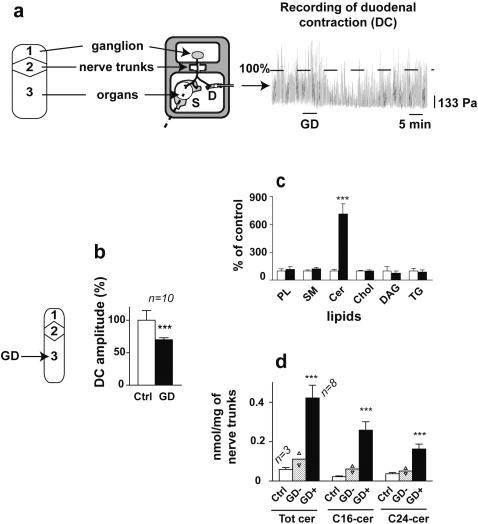Figure 1. Gastric distension triggers gastroduodenal inhibitory reflex and concomitant production of ceramide in the nerve fibres.
a, Schematic representation of the organ bath (S, stomach; D, duodenum; GD, gastric distension: see Materials and Methods) and manometric recordings of duodenal contractions before and during GIR. GD triggered a decrease in the amplitude of the duodenal contractions characterising the GIR. The dashed horizontal line is the control indicating the mean amplitude of the duodenal contractions over the period preceding the distension shown in the recordings. b, histogram of the mean amplitude of the duodenal contractions expressed as % of control±SEM. DC, duodenal contraction; Ctrl, control; GD, GIR after gastric distension. c, lipid content of the nerve trunks before and during GIR (see Materials and Methods). PL, phospholipids; SM, sphingomyelin; Cer, ceramide; chol, cholesterol; DAG, diacylglycerols; TG, triglycerides. White bars, control, n = 3; black bars, during GIR, n = 8. Results are given as the percentage of control±SEM. d, quantification of ceramide production during GIR expressed in nM/mg of nerve trunks. Ctrl, control; GD-, after gastric distension not triggering GIR; GD+ , after gastric distension triggering GIR; *** results are significant in a Student's t test with p<0.001.

